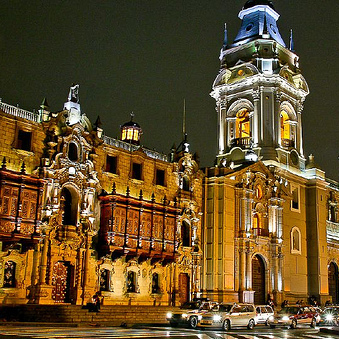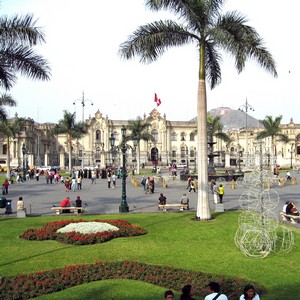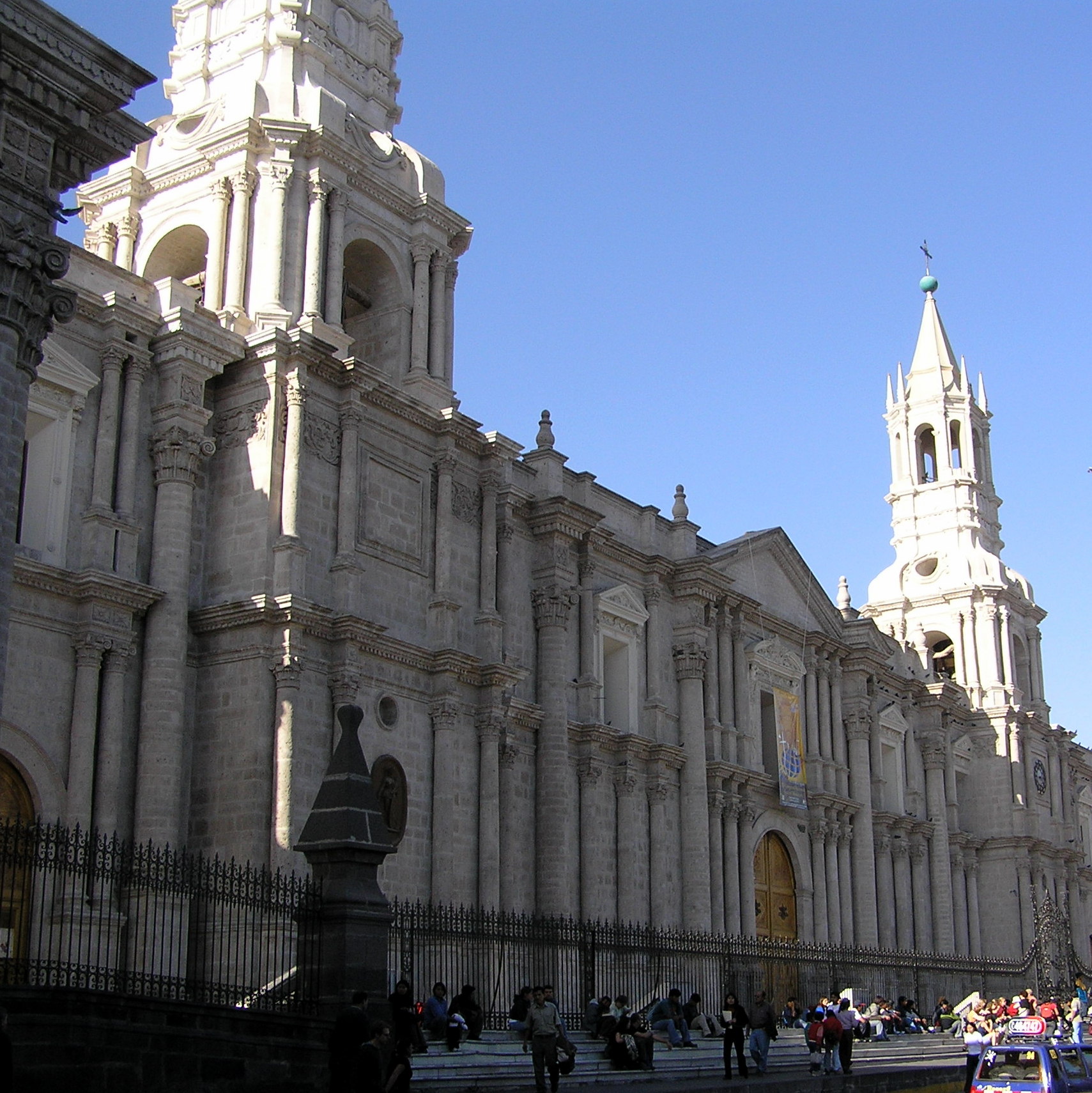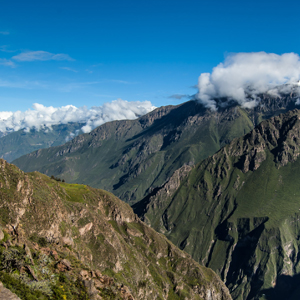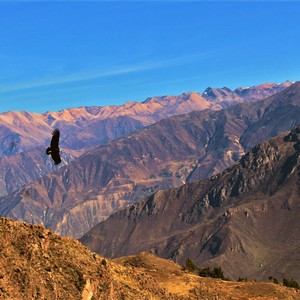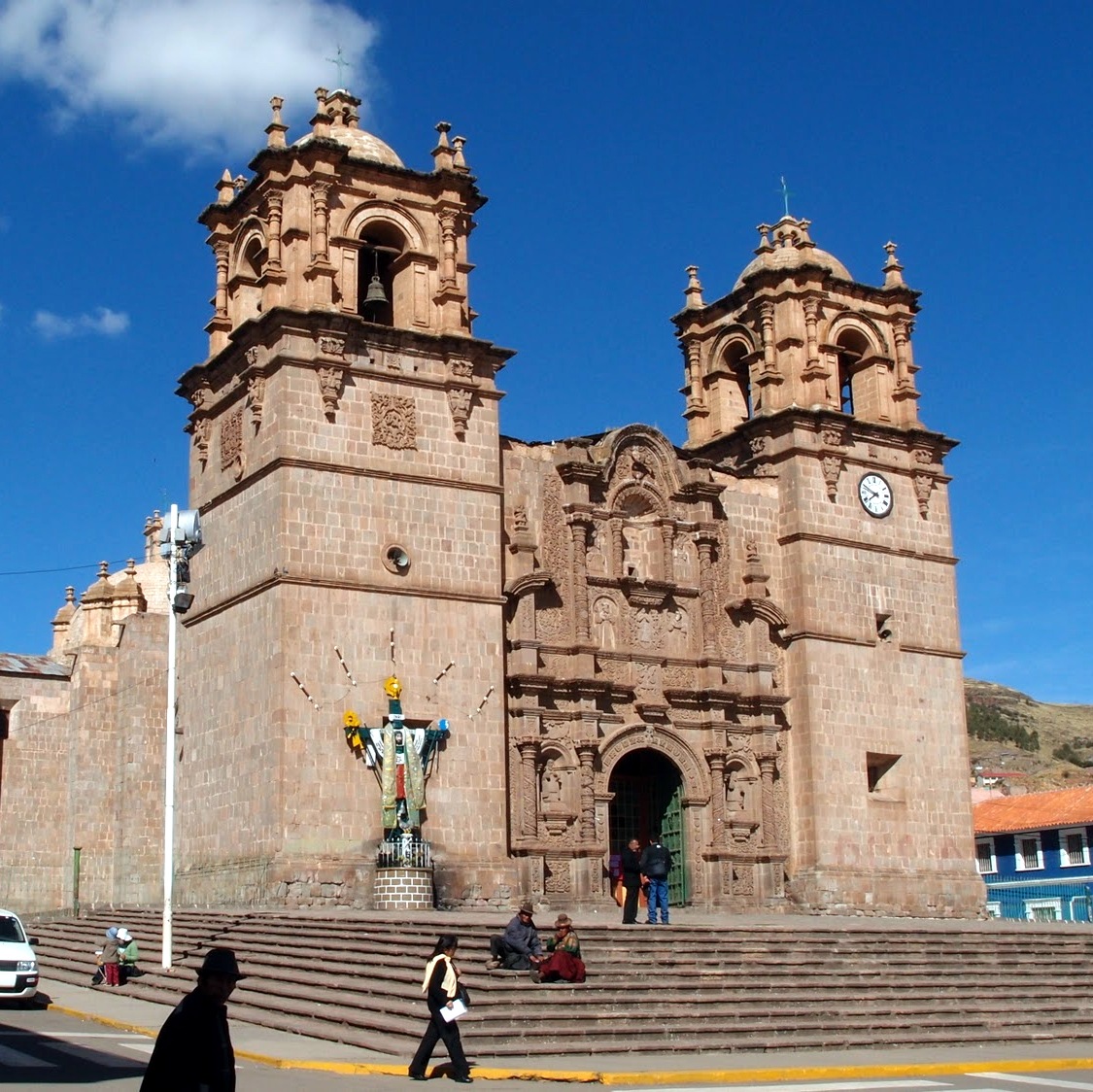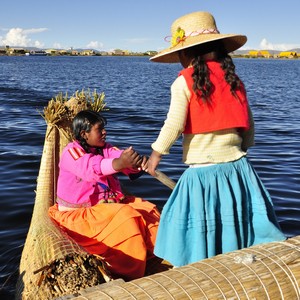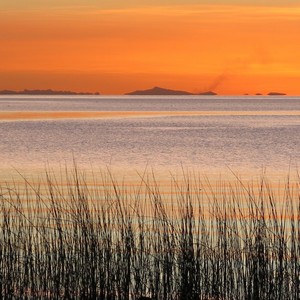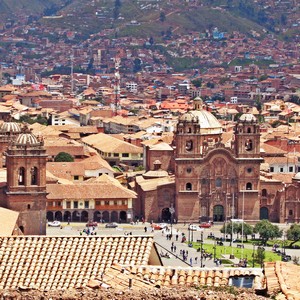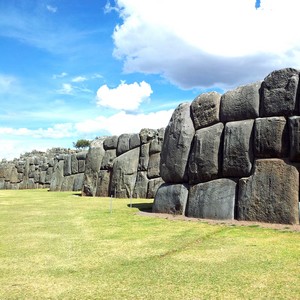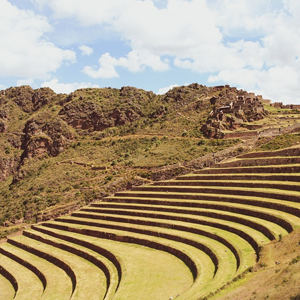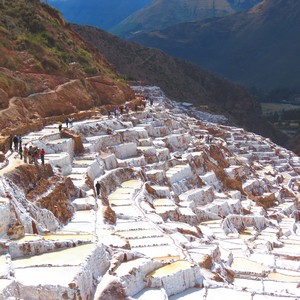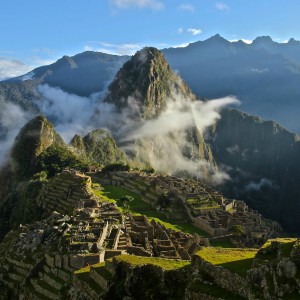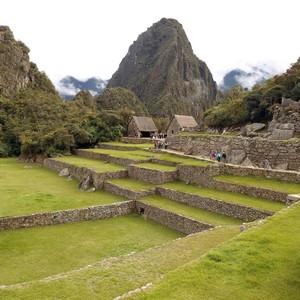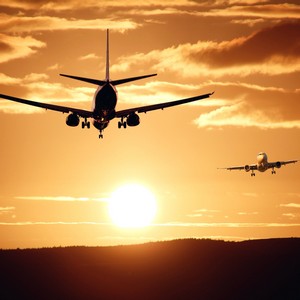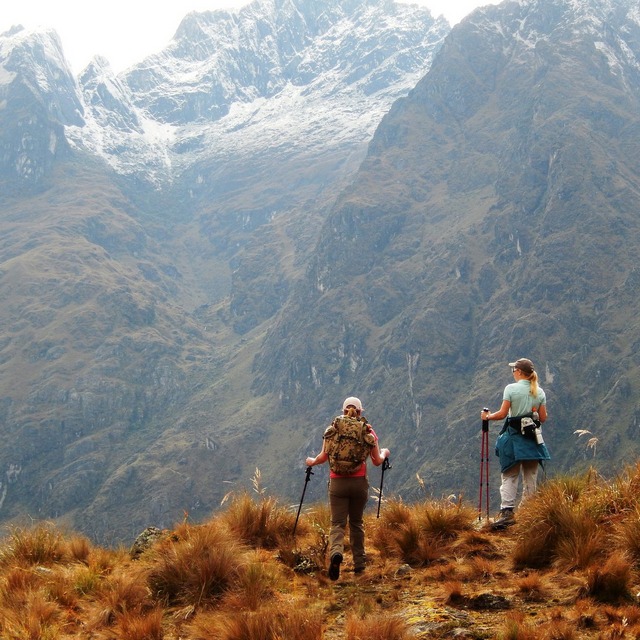Leaving from the middle of the Sacred Valley, we cross the Urubamba to the archaeological site of Chinchero. Aside from exploring the elegantly walled ruins, see another side to the town. With a long reputation for producing fine textiles and mastering dyeing techniques, Chinchero welcomes you to participate in a brief exhibition of traditional textiles. Continue on to Moray with its colossal concentric terraces, climate-controlled innovations used for raising crops. The purpose of it: to recreate 20 different types of microclimates, a measure that guaranteed the agricultural production of the empire.
After that, we will go to Maras, the famous and millenary salt mines from colonial times. The contrast of the white wells and the green valley is awesome and a must for a spectacular snapshot of the Sacred Valley of the Incas. We will have lunch in a local restaurant then in head to Ollantayambo, a picturesque town which has been inhabited non-stop since the Inca times, where we will visit the temple with the same name, used as a fortress during the Inca resistance. In the evening, head back to your abode for the last night.
Overnight in La Casona de Yucay, Sacred Valley of the Incas , Premium Suite
Meal plan: Breakfast & lunch
The salt pools of Maras are thought to have been first created in the 1400s by the Inca people, though there is no written record of their creation. Descending down a hillside valley in a terraced geometric patchwork of shallow pools, they are fed by a salt-rich stream that flows down the valley. Once the pools are filled, the water evaporates, leaving salt crystals to be scraped off the ground. This salt was used by the Incas to trade with other parts of the empire, and while it is not widely industrialised today, there are now about 3,000 pools that are still harvested by the local community to be sold at markets.
The archaeological site of Moray is composed of mysterious circular terraces resembling an amphitheatre. With the higher external terraces having a warmer temperature than the lower inner terraces, it is believed that the ruins were once an agricultural laboratory, where the Incas used the different micro-climates on each terrace to experiment with crop cultivation. It is also believed that underground channels were built beneath the terraces to allow water to drain as the site never floods, even during Peru's relentless rainy season.
Ollantaytambo is an Inca archaeological site located at the northern point of the Sacred Valley of the Incas. Under Inca rule, the site was the estate of conquering ruler Emperor Pachacuti, who built the town after conquering the region at large in the 15th century. Later, during the struggle against Spanish conquest, the city was the stronghold for Inca resistance leader Manco Inca Yupanqui. The site contains a series of huge stone terraces, now called Temple Hill, which were once used by Inca for agriculture and irrigation, as well as the ruins of a fortress. The town, still inhabited today, contains original Inca architecture, and ruins of storehouses and other Inca buildings can also be found on-site.
